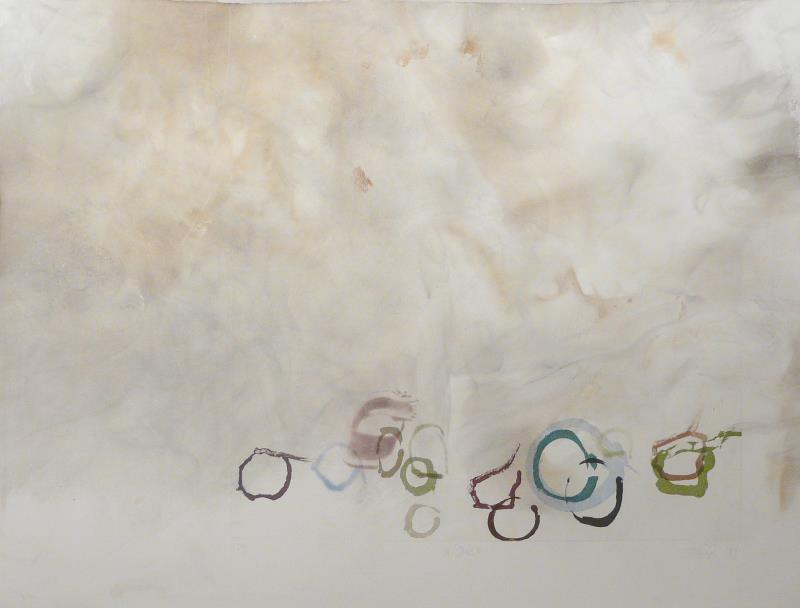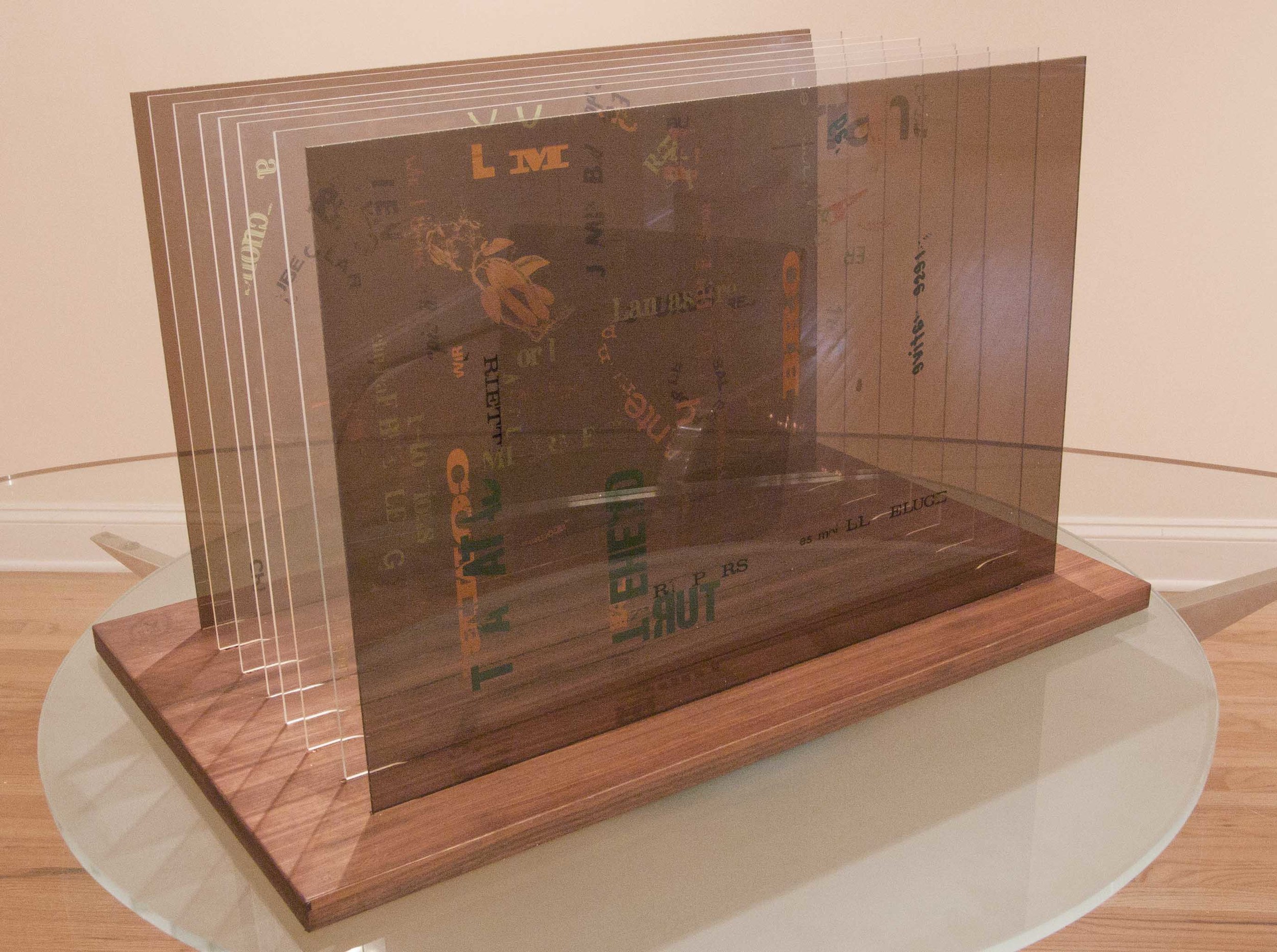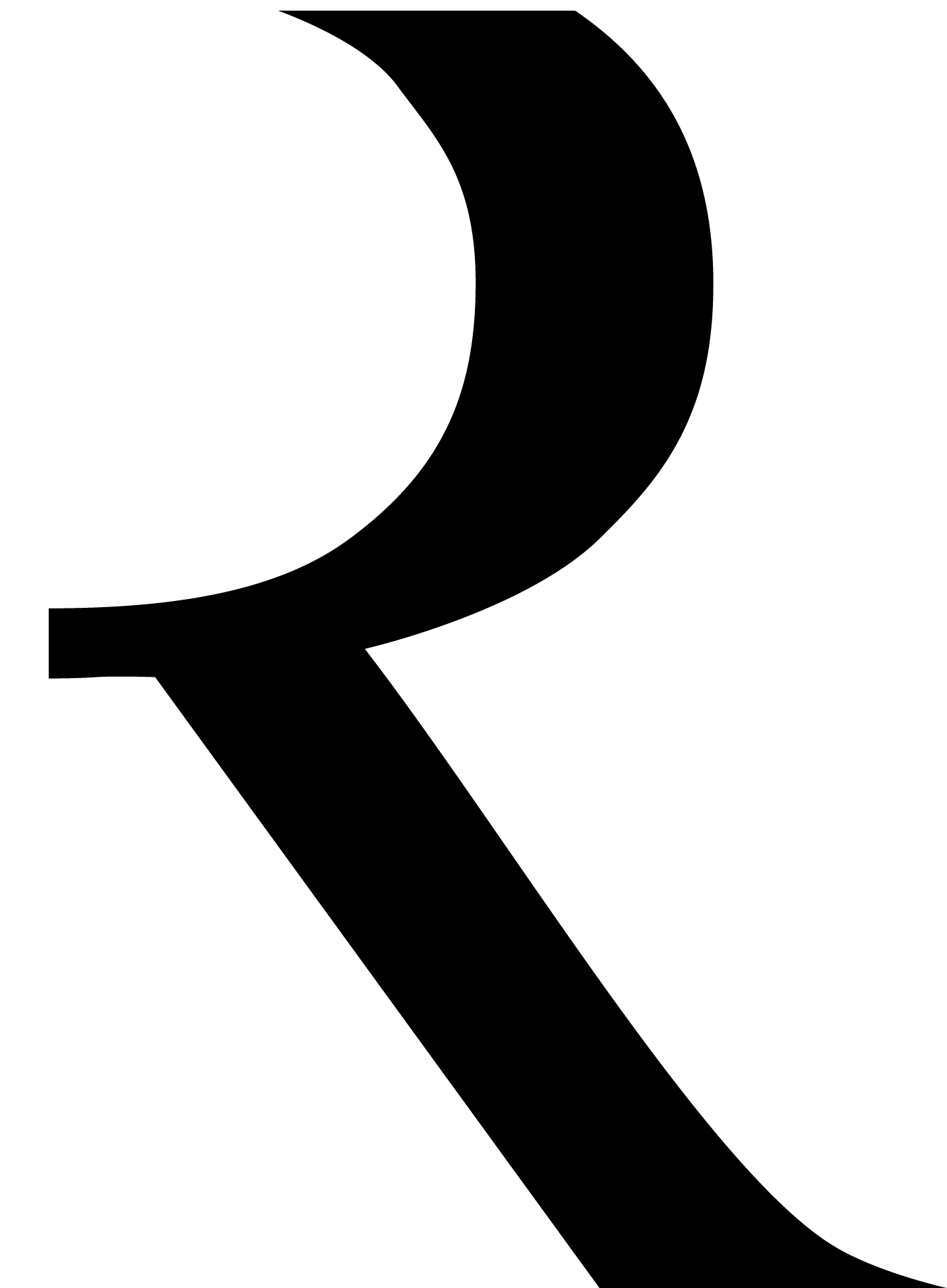John Cage
John Cage was an American experimental music composer, music theorist, writer, and artist. Born on September 5, 1912, in Los Angeles, California, Cage was best known for his 1952 composition 4’33’’, which is performed in the absence of deliberate sound. Cage was one of the leading figures in post-war avant-garde art, who greatly influenced the Fluxus movement, pioneering in indeterminacy in music, electro-acoustic music, and non-standard use of musical instruments.
Cage was enrolled at Pomona College in Claremont as a theology major in 1928 where he became exposed to the works of artist Marcel Duchamp, writer James Joyce, philosopher Ananda Coomaraswamy and of Cowell. In 1930 he chose to drop out and sailed to Europe. Cage returned to California in 1931, and went to the Cornish School of the Arts in Seattle, where he experimented by placing a metal plate on top of the strings of the instrument, eventually leading to his working on prepared piano. While at the Cornish School, he became interested in Hinduism and Zen Buddhism, and met the dancer and choreographer Merce Cunningham, who became his life partner and creative collaborator. In 1950s, Cage began to use the I Ching in the composition of his music in order to introduce an element of chance over which he would have no control. After the 4’33’’ composition, he continued to write such pieces as Aria (1958), HPSCHD (1967-69), Roaratorio: An Irish Circus on Finnegans Wake (1979) and the various so called "numbers pieces" (from the 1980s). He also wrote several books, including Silence (1961), A Year From Monday (1968), M (1973), Empty Words (1979) and X (1983). During his later years, Cage remained experimental, combining many of his musical and free-form concepts in public workshops.
Another significant influence for this piece came from the field of the visual arts. Cage's friend and Black Mountain colleague Robert Rauschenberg had produced a series of 'white' paintings. These paintings inspired Cage to use a similar idea, using the 'silence' of the piece as an 'aural blank canvas' to reflect the dynamic flux of ambient sounds surrounding each performance.
John Cage died in New York City on August 12, 1992. However, his concept of chance, his interest in rhythmic structure and sound influenced countless composers, artists and writers.
Further Readings:
C.F. Paters Corporation, John Cage, (C.F. Corporation, University of California, 2002)
Julia E. Robinson, John Cage, (Mit Press, 2011) Volume 12 of October Files.

John Cage (American 1912-1992)
11 Stones II, 1989, etching and SpitBite Aquatint & Sugarlift on smoked canvas

John Cage
Not Wanting to Say Anything About Marcel, (with Calvin Sumsion) 1969, Silkscreened plexiglas, wooden base, booklet included, 14/5" x 24 x 15
